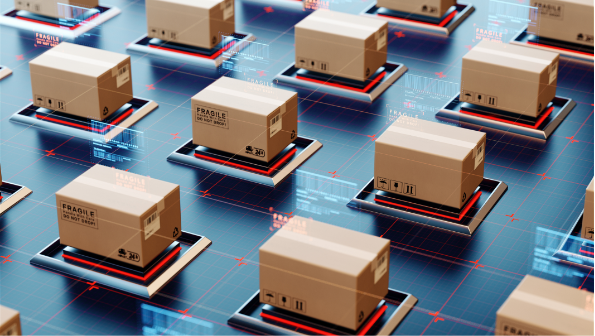How Brick-and-Mortar Retailers Can Take on Amazon: No It’s Not Buying a Jet!
August 24, 2016
Imitation may be the highest form of flattery for fashion but in business, it usually means fear and signifies trouble ahead. Leaders become followers and lose sight of their unique differentiation. Take the late Windows Phone, for example. Or the New Coke attempting to taste more like rival Pepsi. JC Penny pretending to be a cool Apple store. KISS recording a disco song. I can go on and on.
I’m surprised more people didn’t see a red flag when Walmart decided to pony up $3.3 billion for e-commerce upstart Jet in a clear move to take on arch nemesis Amazon. Walmart is still the world’s largest retailer, but with 20 percent year-over-year growth, Amazon is posing quite the challenge. By comparison, Walmart grew by just under 2 percent in 2013 – 2014. Amazon continues to consolidate online sales as the dominant player.
And while Walmart can’t afford to be complacent, what has me scratching my head is how the master of giant box stores thinks it can beat Amazon at its own game? With a two year old startup? Against the undisputed e-commerce leader with 22 years of experience? It would be one thing if Amazon were itself somewhat complacent, but the company continues to innovate and grow.
That’s not to say Amazon doesn’t have its blind spots. In fact, it has a massive Achilles heel that brick-and-mortar retailers have yet to fully leverage – the in-store customer experience. It’s time that traditional retailers woke up and played to their strength.
Amazon has invested heavily in customer experience technologies, such as its dash buttons to automatically order products when they run low. Or Alexa, it’s AI assistant, whose primary purpose seems to be reminding customers to order more products. And while these are clever steps for Amazon to create an in-home experience, it’s not the same as going shopping. And let’s face it, who doesn’t like shopping therapy?
Whether it’s a new car, clothes or even just browsing some stores in the mall as an excuse to get an ice cream, we love to shop. There is something about going to a physical store and seeing a display. Picking an item up and feeling it. Being able to ask a storekeeper questions and even interact with other shoppers. Think of how many times you’ve gotten tips from someone else in the store. “That model’s cheaper in price, but falls apart. Spare yourself the grief and splurge for the more expensive one.”
The problem is that retailers still haven’t fully figured out their hybrid brick-and-mortar/online model. They’ve had more than a decade, but still struggle integrating the two. Many have been counting on online ordering with in-store pick-up. This is delusional. Sure shoppers may have the convenience of ordering from home, but then the retailer takes away the convenience of having it delivered. So now they come to the store to pick up their product, not pick it out. Madness.
In fact, they’ve got the formula completely backwards. They should allow shoppers to come for the in-store experience and select the items they want then offer the convenience of shipping it to their home. In fact, our analyst Seth Lippincott has written a report on Shop and Ship, which outlines how retailers can effectively differentiate themselves from online-only sites and take on Amazon.
As the report points out, it allows retailers to better manage their inventory and even offer special incentives to shoppers. Perhaps a discount on an item that’s not in-store but can be delivered within a few days at a lower cost. Plus our survey data confirm that ‘shop and ship’ would be popular. The majority said they’d be more likely to buy from a retail location that offered the delivery option.
Competition in retail is fierce now, putting a premium on the shopping experience. Having the ability to please shoppers, demonstrate products and provide special deals is the way to build a great experience. WalMart could have invested $3.3 billion in a shop-and-ship policy that would have given the retail giant significant differentiation. Instead it chose to imitate Amazon. Follow, not lead.